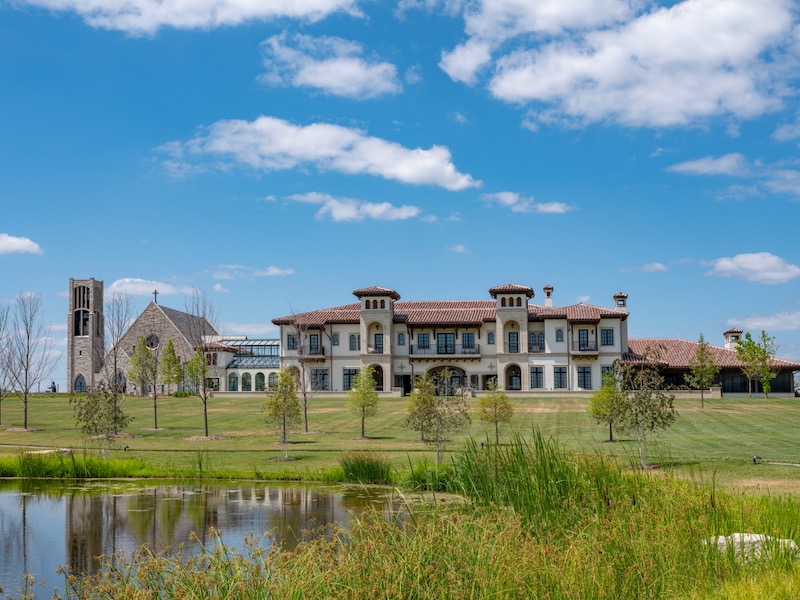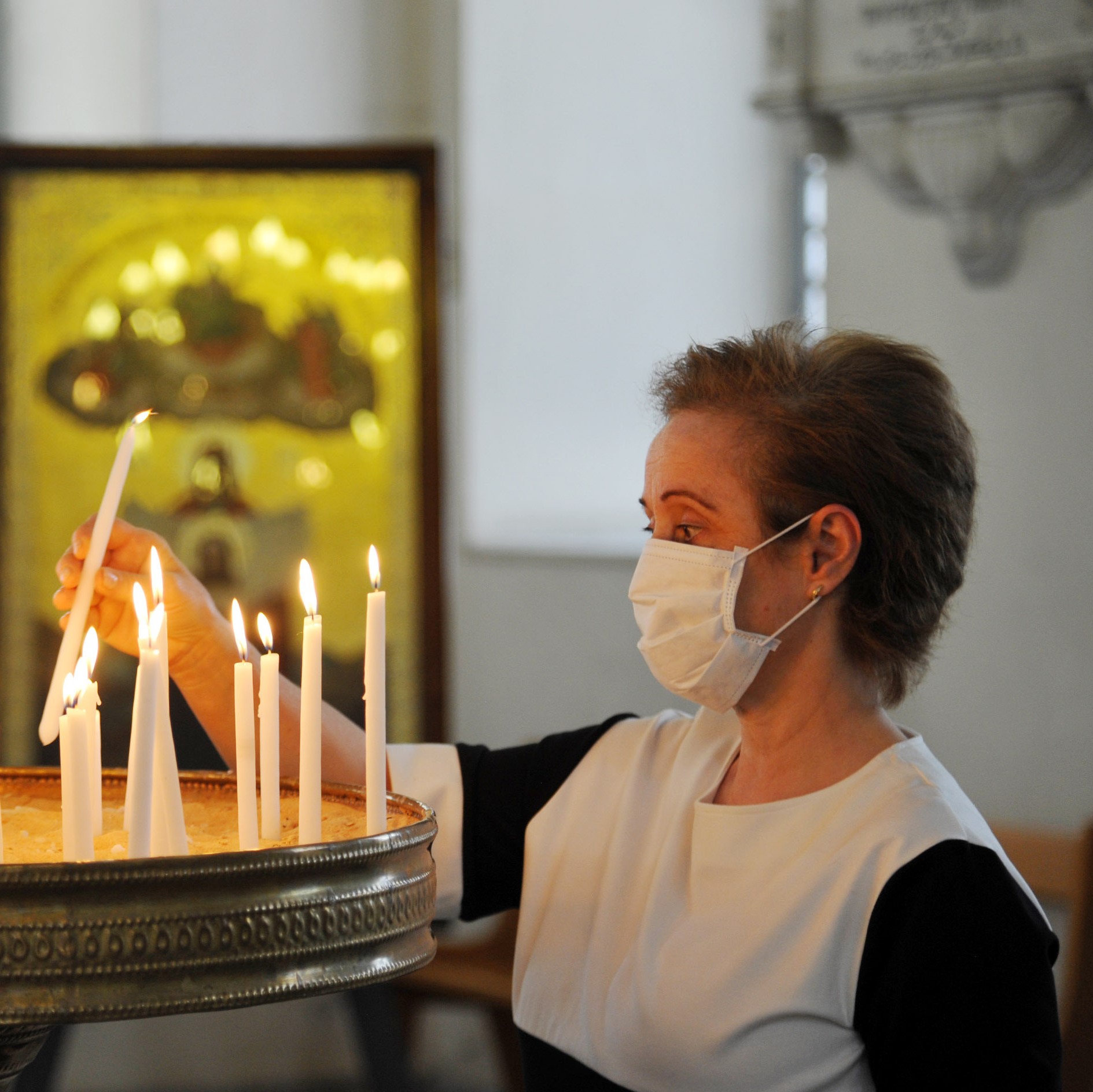Please don’t get me wrong. I am enthusiastic about Mass attendance and am a daily communicant when the situation allows. While inherently faithful to my parish community, the current lockdown has witnessed me developing a certain liturgical promiscuity and I have become something of a Eucharistic gadfly, attending Mass via my computer screen in various locations in Britain and beyond - including celebrating with Pope Francis (although my Latin is a bit rusty – indeed, I was reminded of a friend of mine who, whenever the opportunity allowed, was heard to quip that the only Latin he knew was “Kyrie Eleison”). However, as the five metropolitan archbishops of England and Wales have recently observed in their Pastoral Letter, “Our faith is expressed powerfully and beautifully through ‘seeing, touching, and tasting’”. This resonated with my own perceptions and I deeply miss the love and support of the 11:30am congregation that formerly gathered in my local parish church on Sunday mornings to share the scriptures and break bread.
As the lockdown continues and the days and weeks pass with little to distinguish one from another, the question frequently asked is “When will things return to normal?” But rather than looking back to how things were in the halcyon days before coronavirus, voices are beginning to articulate the hopes for a “better” normal. As the 75th anniversary of VE Day is celebrated, we are reminded that one of, if not the, most cherished institutions arose in the wake of the conflagration that was World War 2. Although sometimes poorly managed by our political leadership, and chronically underfunded, the NHS has been recognised as the jewel in our national landscape. It constitutes part of the ‘better normal’ that arose from the war.
What prospect for a ‘better normal’ has this age of the coronavirus pandemic held out for us as a Church? While superior minds will contemplate such consequences in the years ahead, I note one development in the realm of prayer and spirituality.
The closure of our churches has thrown into sharp relief the dependence that we Catholics have on the celebration of Mass. As the Archbishops write, “While the live-streaming of the Mass and other devotions is playing an important part in maintaining the life of faith, there is no substitute for Catholics being able to physically attend and participate in the celebration of the Mass.” Trusted and time-honoured prayers such as the Rosary or the Stations of the Cross can augment the images that appear on our computer screens. Again, I have no wish to challenge these venerable treasures of Catholic piety (which were part of my upbringing and a valued component of my contemporary practice) but they evolved in an age of illiteracy when the devout recitation of acquired formulas or the reverential gaze of images compensated for the inability of the individual or congregation to engage with scriptural texts.
However, a phenomenon that one is witnessing during this pandemic is that more and more Catholics are dipping into the Church’s rich repository and discovering the Liturgy of the Hours - the Prayer of the Church. For much of its long history, this form of prayer was a clergy-only affair. The text was in Latin, the rubrics complicated and the ‘hours’ long (modelled as each was on the monastic framework which was not always ideally suited to the pace of modern life). The reforms of Vatican 2 rendered it more accessible but the take-up by ‘ordinary’ Catholics was slow, albeit steady, and certainly not actively encouraged. The “view from the pew” did not instantly recognise this as a valued supplement to wider Catholic spirituality. Nevertheless, while living in Cambridge a few years ago, I regularly attended the celebration of Morning and Evening prayer in OLEM (“Our Lady of the Assumption and The English Martyrs” to give the church its full name) where a faithful group, both lay and clergy, gathered to mark these bookends to the day. Now, in a number churches where Mass is live streamed the celebration of Morning and Evening prayer, and sometimes Compline (night prayer) is also available on line. The Prayer of the Church is being live-streamed and becoming more mainline.
Perhaps, when ‘better normal’ times are with us, this form of prayer will become a new staple in our communities, alongside the other time-honoured traditions. Although the text is available on-line, the prayer is essentially a sensual experience especially when recited in company – the reading of the words, the sound of the human voice, the colours of the text, the weight of the book and the feel of the onionskin paper as you change pages. The psalms and other scriptural passages within the four-week cycle capture and express the full gamut of human emotions.
This period of lockdown affords us a time of reflection and reassessment. We look at our values and priorities and dare to wonder at how things might be different and better when we come out of this pandemic. In the meantime, we are invited to learn new skills or a new language – the BBC offers classes in drawing and programmes addressing our IT shortcomings – but also the possibility of a deeper engagement with our spiritual selves than our otherwise normally frenetic lives would allow. Over the years I have tried a number of offerings that promised spiritual short-cuts (including, I’m embarrassed to admit, tying myself in knots with a book promoting “Christian Yoga”) but I have kept coming back to the Prayer of the Church. I have been faithful to this format in good times and it has carried me through the worst of times, when words wouldn’t come and God seemed absent. Rediscovering one of the oldest forms of prayer within our Church might be worth a try?



 Loading ...
Loading ...
What do you think?
You can post as a subscriber user ...
User comments (0)